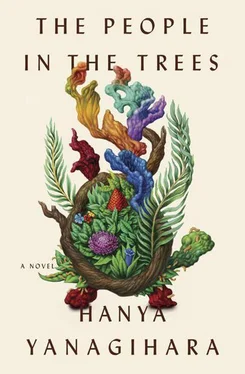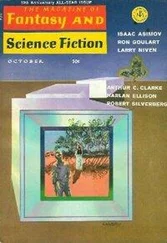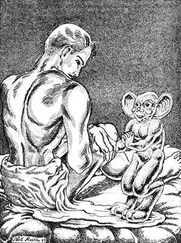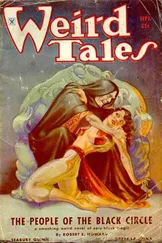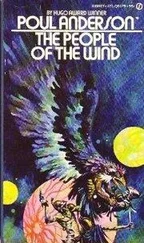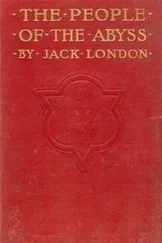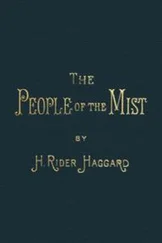Tuimai’ele’s reign was marked by an intense curiosity about the West — for him, it was a forbidden place, and therefore exciting — equaled only by an intense suspicion of it. It is said (although there is no written record of it) that the reason the missionaries most upset Vake’ele was that they told him in order to become Christian, he must forsake his spear. And with that one command, the settlers’ several-decades-long, stop-and-start inroads into U’ivu were halted: Vake’ele banished them, and Tuimai’ele grew up in an U’ivu completely without a white presence.
Before they were banished, however, Vake’ele had made friends with some of the missionaries, one of whom — his name is lost to time — gave him a series of picture books, which the king is said to have passed on to his son. Although Tuimai’ele was subliterate, the books were proof of a world outside his own, and it was he who would later try to establish diplomatic outposts in various South Pacific countries.
Unfortunately, he was not able to allow himself to commit to these overtures completely, and U’ivu spent the first part of the twentieth century in semiobscurity, falling in and out of notice in the West — until, that is, Tallent and Norton forced it into public consciousness.
35In previous renderings of this story, Norton has intimated that this beast might have been human. The New York Times reporter Milo Smoak quotes Norton at length in his book The Lost Boys (New York: HarperCollins, 1989), as saying, “The first thing we saw upon entering the village [of the Opa’ivu’eke people] was a fire, one that burned throughout the day and night. Suspended over it was a creature whose identity I couldn’t quite discern — it was clearly some sort of mammal, for you could see, still edged along its crown, little bits of black threads that snapped like glass in the heat. But its head was too large to be a dog’s, and its limbs too long to be a hog’s. As I stared at it, I began to fancy that it might be a primate of some sort, although I had not until then seen any monkeys as substantial as the creature was, and I was scared to follow my line of thinking for fear of reaching the inevitable conclusion” (298).
36The villagers were vigilant about maintaining their stores; even later, when the outside world began to infiltrate their society more aggressively and there was less time and inclination to hunt, they made sure always to maintain a backup of foodstuffs and supplies that would last them at least an entire season. (No one person was responsible for overseeing this effort; rather, a person was assigned to each of the storage huts and charged with its upkeep; this duty rotated among the adults in the village every o’ana.) But although the work of keeping their supplies replenished was a constant one, to be practiced year-round, the majority of labor — harvesting, plucking, curing, sorting, foraging, hunting for game, etc. — actually took place during lili’uaka, or “small rain” season. Norton, of course, arrived at the end of this period, and what he saw would have been fresh stock, the results of the previous three months’ work.
37In traditional Ivu’ivuan culture, all children were held in common. Although they slept with their families each night in their male’es, responsibility for feeding and disciplining them was shared among all the adults in the village. This is why many of Norton’s earlier generation of children were from U’ivu; there, the old model of communal child-rearing had been abandoned for a more traditional Western approach (presumably a legacy of the missionaries), which meant that children with missing or inadequate parents were left on their own and not informally adopted or cared for by the other adults in the society. Therefore, no one in U’ivu posed any objection to Norton’s claiming the unwanted children as his own.
38This stream, which was later discovered to run the entire length of Ivu’ivu, was the village’s primary source of water and was used for drinking, bathing, and, as Norton witnessed, play. Many years later, the island was also discovered to be webbed with a series of underground rivers, which the villagers made good use of in the meat hut.
39The vast majority of life in the village was lived outside. During lili’uaka, villagers carried about makeshift umbrellas consisting of lawa’a leaves lanced onto the sharpened ends of palm husks; every person had his or her own and carried it from place to place, sitting beneath it when the rain fell. Only during ‘uaka, the “big rain” season, were the villagers forced inside their huts, which they hated — they spent most of their time during that season sitting at the mouths of their male’es, looking mournful and shouting to one another over the sound of thunder. Norton once told me he never understood why they didn’t just erect one large canopy that they could all cluster beneath and unfurl when the rains began.
40Astonishingly, the villagers were not only not familiar with the sea, they had no notion of it at all. There is an account by Tallent of a villager being taken to see the sea for the first time and him mistaking it for “a sky without clouds.” The poor man thought that the world had been tipped upside down and that he was entering the realm of Pu’uaka, goddess of the rains. See Paul Tallent, “The Island Without Water: Ivu’ivuan Mythology and Isolationism,” Journal of Micronesian Ethnology (Summer 1958, vol. 30, 115–32).
41The four rituals that Norton glancingly mentions here are detailed in Tallent’s landmark book about Ivu’ivu, The People in the Trees: The Lost Tribe of Ivu’ivu (New York: Simon and Schuster, 1959), one of the canonical titles of modern anthropology. The last ceremony — the one in which eight members of the village dance around the fire holding lizards to their heads — is a fairly obscure rite called tua’ina, which Norton was lucky to observe, as it is performed only during a partial eclipse. (The Ivu’ivuans had a complex system of tracking the moon’s waxing and waning, which is also described in excellent detail in People .) In U’ivuan culture, the lizard — in this case, a rare reptile called an e’olu’eke — is considered a sign of the moon, and the moon is considered to have eight stages. During a partial eclipse, a specially elected village quorum pays tribute to the moon by urging him to return to his proper state; the lizards are held to the head as a sign of respect and then sacrificed to the fire so that the smoke will travel upward and its fragrance will appease the gods of the skies.
42Esme Duff, Life Among the Deathless: A Study of Ivu’ivu (New York: Harper & Row, 1977), is a fairly sentimental memoir of Duff’s excursions to the island. As Norton has noted, Duff was an excellent chronicler of the minutiae of village life — she provides exceedingly comprehensive accountings of the contents of the various storage huts — but there is something cloying about her renderings of the people: the children are described as “fattened cherubs,” and women are singled out for their “gentle eyes.” There is no mention of the a’ina’ina ceremony, nor of the sloth-beating exercises that Norton details. Of Norton, whose presence on the initial, 1950 trip she briefly acknowledges, there is only a single long paragraph, some lines of which I have excerpted here:
In later years, Perina would prove almost singlehandedly to be the source of the island’s undoing … it is uncertain that he ever really cared anything for the Ivu’ivuan culture, much less its people, evidence of which can be found in his willful disregard for their most sacred of taboos.… Although he is credited, erroneously, with “discovering” immortality — as if such a thing can be discovered at all — he was, in my opinion, always more interested in achieving personal immortality, no matter the cost to the people he had to exploit in order to do so.
Читать дальше
